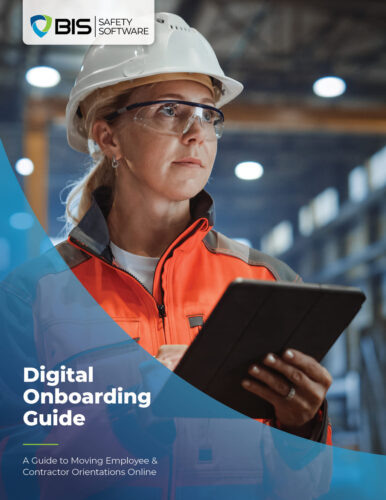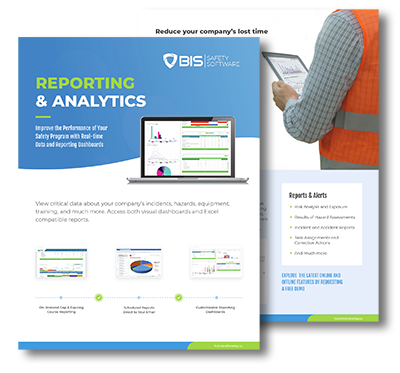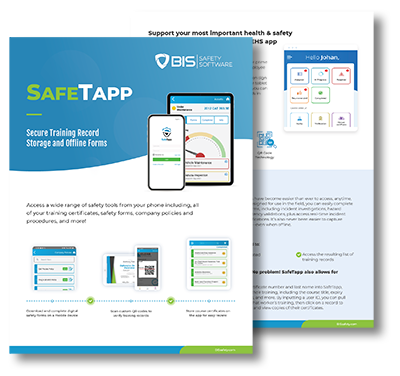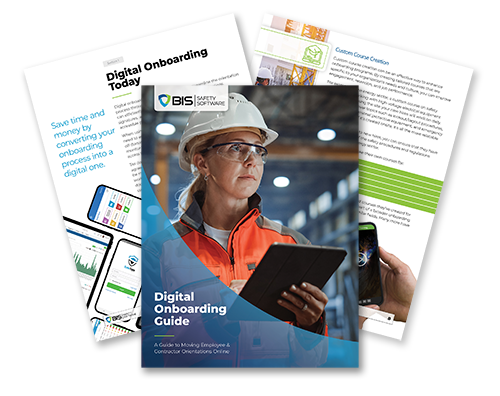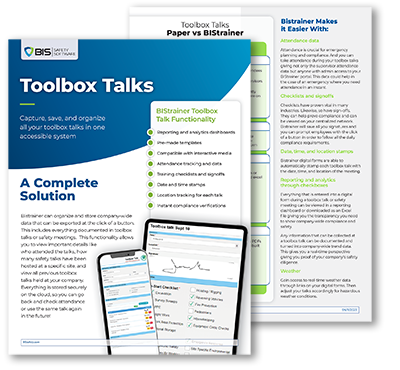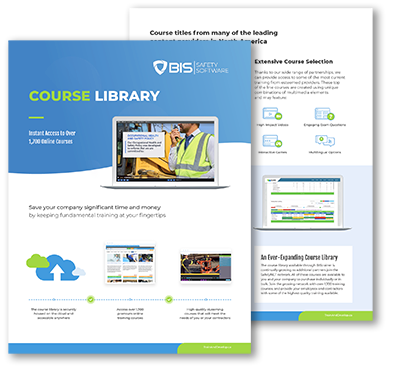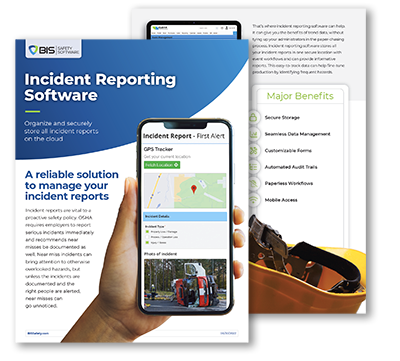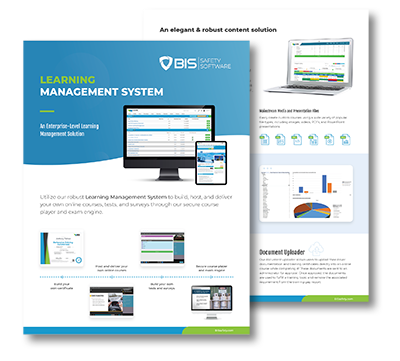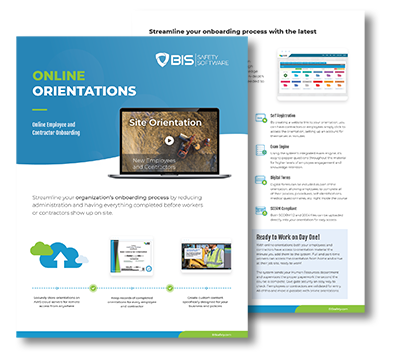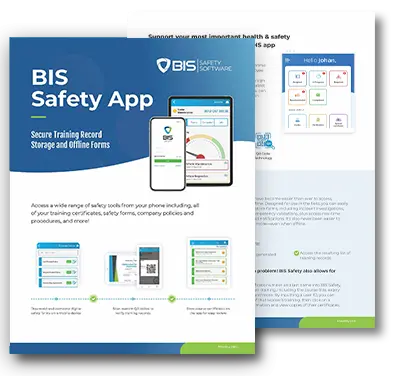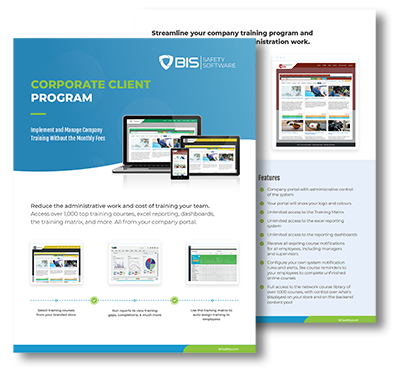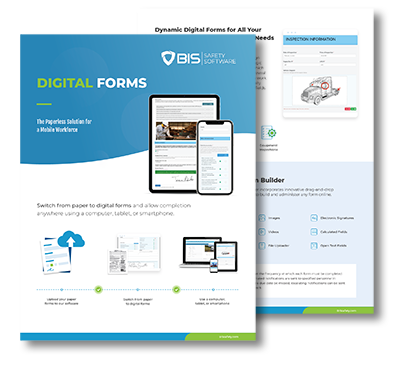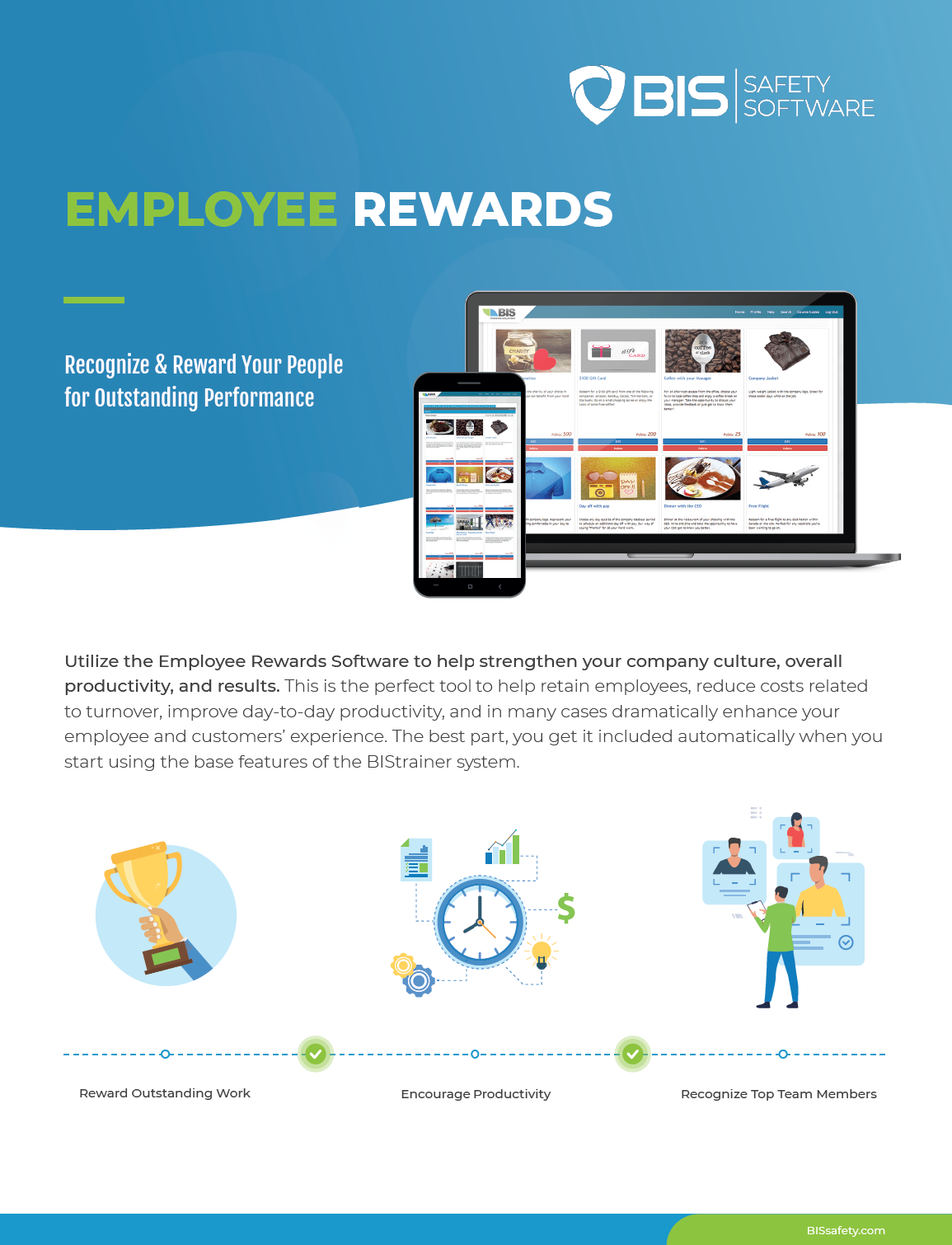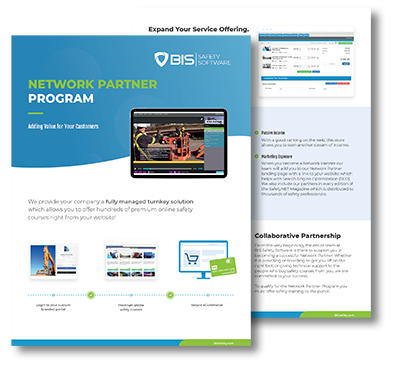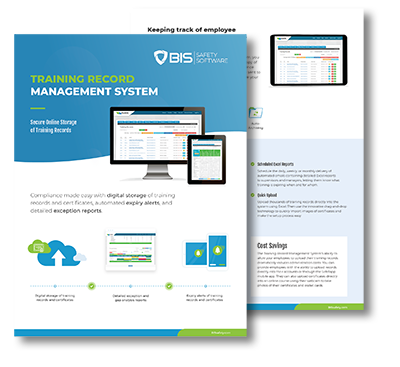Table Of Contents:
- Essential Features of Construction Safety Software for Effective Management
- Key Takeaways
- Key Features of Construction Safety Software That Drive Effectiveness
- Risk Management Features of Construction Safety Software
- Training and Compliance Management Within Safety Software
- Communication and Collaboration Tools in Construction Safety Software
- Analytical and Reporting Features for Better Safety Management
- Benefits of Utilizing Construction Safety Software
- Future Trends in Construction Safety Software
- Selecting the Right Construction Safety Software for Your Needs
- Frequently Asked Questions
- Conclusion
Essential Features of Construction Safety Software for Effective Management
Are you struggling to manage safety effectively on your construction sites? Construction safety software offers essential features that can streamline your safety management processes. This article will explore key features such as risk management tools, training modules, and analytical capabilities. By understanding these features, you’ll be better equipped to choose the right software for your needs, ultimately improving safety outcomes and compliance on your projects.
Key Takeaways
- Construction safety software fosters a safety-focused community through real-time communication and collaboration
- Advanced platforms offer root cause analysis tools for identifying underlying issues and implementing targeted improvements
- EHS software revolutionizes training management with customizable modules tailored to specific project requirements
- Comprehensive dashboards enable data visualization for informed decision-making and prioritizing safety initiatives
- Future safety software will integrate AI and AR technologies for enhanced risk prediction and hazard identification
Key Features of Construction Safety Software That Drive Effectiveness

Construction safety software’s effectiveness hinges on its ability to foster a safety-focused community. Advanced platforms, such as Construction Safety App and Safety Digital Forms, enable real-time communication and collaboration among team members, promoting a culture of shared responsibility and continuous improvement in safety practices.
Integration capabilities through APIs are crucial for streamlining workflows. Safety software that seamlessly connects with existing systems, such as a Construction Learning Management System, allows for efficient data exchange using safety digital forms, enhancing overall operational efficiency and providing a comprehensive view of safety performance across projects.
Smartphone compatibility is essential for on-site accessibility. Mobile-friendly safety software empowers workers to report incidents, conduct inspections, and access critical safety information instantly, improving response times and data accuracy in the field.
Effective safety management requires robust root cause analysis tools. Advanced software solutions offer sophisticated analytical capabilities, enabling safety managers to identify underlying issues, implement targeted corrective actions, and drive sustainable improvements in safety performance.
Safety features drive effectiveness. Now, let’s tackle the critical arena of risk management.
Risk Management Features of Construction Safety Software

Construction site safety software enhances risk management through real-time monitoring and data analysis. These advanced tools leverage artificial intelligence to identify potential hazards and predict operational risks, allowing safety managers to proactively address issues before they escalate.
Effective risk assessment modules in construction safety software enable comprehensive workplace evaluations. By systematically analyzing potential dangers and their likelihood, these tools help prioritize safety measures and allocate resources efficiently, improving overall site safety.
Incident reporting features streamline the documentation and investigation of safety events. This functionality allows for quick response to incidents, facilitating thorough analysis and implementation of corrective actions to prevent future occurrences.
Advanced construction safety software often includes predictive analytics capabilities. By analyzing historical data and current trends, these tools can forecast potential risks, allowing safety managers to implement preventive measures and reduce the likelihood of accidents on construction sites.
Risk management tools shield workers from harm. Training modules ensure they know how to use them.
Training and Compliance Management Within Safety Software

EHS Safety Software revolutionizes training management in construction. These platforms offer customizable learning modules, enabling companies to tailor safety education to specific project requirements and regulatory standards.
Construction safety software streamlines compliance tracking. It automates the monitoring of certifications, licenses, and training expiration dates, ensuring workers maintain up-to-date qualifications for their roles.
Advanced safety software facilitates real-time regulatory compliance. These systems integrate current safety regulations, alerting managers to changes and guiding necessary adjustments in training and operational procedures.
Technology in safety software enhances training effectiveness through interactive elements. Virtual reality simulations and gamified learning experiences engage workers, improving retention of critical safety information and practices.
Safety managers rely on robust training tools. But effective communication is the backbone of any successful safety program.
Communication and Collaboration Tools in Construction Safety Software

Construction safety software enhances communication by providing real-time messaging platforms. These tools enable instant sharing of safety alerts, updates, and critical information across the organization, fostering a robust safety culture and improving employee engagement.
Collaborative features in safety software facilitate seamless teamwork on safety initiatives. Shared dashboards and project spaces allow multiple stakeholders to contribute to risk assessments, incident investigations, and safety planning, promoting a unified approach to safety management.
Advanced safety software integrates document management systems for efficient information sharing. This functionality ensures that safety protocols, training materials, and regulatory documents are easily accessible to all team members, supporting consistent safety practices across the organization.
Mobile compatibility in safety software enables field workers to report hazards and incidents immediately. This real-time data collection enhances the organization’s ability to address risks promptly, while protecting personal data through secure communication channels.
The power of communication fades without action. Data and analysis become the next battlefield in safety management.
Analytical and Reporting Features for Better Safety Management

Construction safety software offers comprehensive dashboards for data visualization. These dashboards present key safety metrics, incident trends, and compliance status, enabling managers to make informed decisions and prioritize safety initiatives effectively.
Advanced analytical tools in safety software facilitate thorough hazard analysis. By processing historical data and current safety indicators, these systems help identify potential risks and suggest preventive measures, enhancing overall site safety.
Reporting features in construction safety software streamline compliance with regulations. Automated report generation ensures timely submission of required documentation to regulatory bodies, maintaining the company’s reputation and avoiding penalties.
Mobile compatibility, including Android support, extends analytical capabilities to the field. On-site personnel can access real-time data and generate reports instantly, improving responsiveness to safety issues and enhancing overall safety management:
Data drives decisions. Safety software transforms that data into action, benefiting everyone on the jobsite.
Benefits of Utilizing Construction Safety Software

Construction safety software enhances certification management, ensuring workers maintain up-to-date qualifications. The system automates tracking of certifications, reducing administrative burden and improving compliance.
Effective safety software provides robust data analytics capabilities for informed decision-making. By analyzing safety trends and incidents, managers can implement targeted mitigation strategies to reduce risks and prevent accidents.
Compliance management is streamlined through automated reporting and document control features. This functionality ensures adherence to regulatory requirements and simplifies audits, potentially saving companies from costly penalties.
Integration of safety software with existing systems improves overall operational efficiency. By centralizing safety data and processes, organizations can achieve better coordination across departments and project sites, leading to enhanced safety outcomes:
- Automated certification tracking
- Data-driven risk mitigation
- Streamlined compliance management
- Improved operational efficiency
The benefits of construction safety software are clear. Now, let’s look at what’s coming next.
Future Trends in Construction Safety Software

Construction safety software is evolving to enhance workforce management through advanced AI algorithms. These systems will optimize resource allocation, improving productivity and safety on job sites by predicting potential risks and suggesting preventive measures.
Integration of augmented reality (AR) technology into safety software is set to revolutionize on-site training and hazard identification. This advancement will enable workers to visualize potential dangers in real-time, significantly reducing accidents and improving overall site safety.
Future safety software will leverage IoT devices for comprehensive environmental monitoring. This integration will allow for real-time tracking of air quality, noise levels, and other safety parameters, enabling swift responses to potential hazards and ensuring a safer work environment.
Cloud-based platforms will dominate the future of construction safety software, offering seamless workflow management across devices, including iOS. These solutions will provide real-time data synchronization and accessibility, enhancing collaboration and decision-making processes in the field.
The future of construction safety software promises innovation. Now, let’s explore how to choose the right tools for your site.
Selecting the Right Construction Safety Software for Your Needs

Contractors should prioritize safety management software that offers robust data management capabilities. The chosen system must efficiently handle large volumes of safety-related information, enabling quick access and analysis for improved decision-making.
Operational efficiency is a key factor in selecting construction safety software. The ideal solution should streamline workflows, automate routine tasks, and integrate seamlessly with existing systems, including those on Mac platforms.
When evaluating safety management software, contractors must consider user-friendliness and mobile accessibility. The selected platform should offer intuitive interfaces and cross-device compatibility to ensure widespread adoption and effective use across the workforce.
Scalability and customization options are essential features of construction safety software. The chosen system should adapt to the evolving needs of the organization, allowing for easy expansion and tailored configurations to meet specific safety management requirements.
Frequently Asked Questions
What are the key features to look for in construction safety software?
Key features in construction safety software include real-time incident reporting, customizable inspection forms, hazard identification tools, compliance management, training tracking, and mobile accessibility. Look for software that offers data analytics, seamless integration with other systems, and user-friendly interfaces to enhance safety management on construction sites.
How does safety software assist with risk management in construction?
Safety software enhances risk management in construction by streamlining hazard identification, incident reporting, and safety inspections. It centralizes data, enabling real-time monitoring and analysis of safety trends. This proactive approach helps managers identify potential risks early and implement preventive measures, ultimately reducing accidents and improving overall site safety.
Can construction safety software help manage employee training and compliance?
Construction safety software can significantly streamline employee training and compliance management. It centralizes training records, tracks certifications, and automates reminders for renewals. This digital solution ensures workers are up-to-date with safety requirements, reducing risks and improving overall workplace safety compliance.
What communication tools are typically included in construction safety software?
Construction safety software typically includes communication tools such as real-time messaging, incident reporting, alert systems, task assignment features, document sharing capabilities, and mobile app integration. These tools facilitate efficient information exchange between workers, supervisors, and management, enhancing safety coordination on job sites.
How do analytical features in safety software improve overall safety management?
Analytical features in safety software enhance overall safety management by providing real-time data analysis, trend identification, and predictive insights. These tools help safety managers make informed decisions, prioritize risk mitigation efforts, and track the effectiveness of safety initiatives, ultimately leading to improved workplace safety and compliance.
Conclusion
Construction safety software is a critical tool for effective management, offering key features that drive safety, efficiency, and compliance in the construction industry. From real-time communication and risk management to comprehensive training modules and powerful analytical capabilities, these systems empower safety managers to create safer work environments and reduce incidents. The integration of advanced technologies like AI, IoT, and augmented reality is shaping the future of construction safety, promising even more sophisticated tools for hazard prevention and workforce management. Selecting the right software solution, with robust data management, operational efficiency, user-friendliness, and scalability, is crucial for contractors to maximize safety outcomes and operational performance in an increasingly complex construction landscape.





